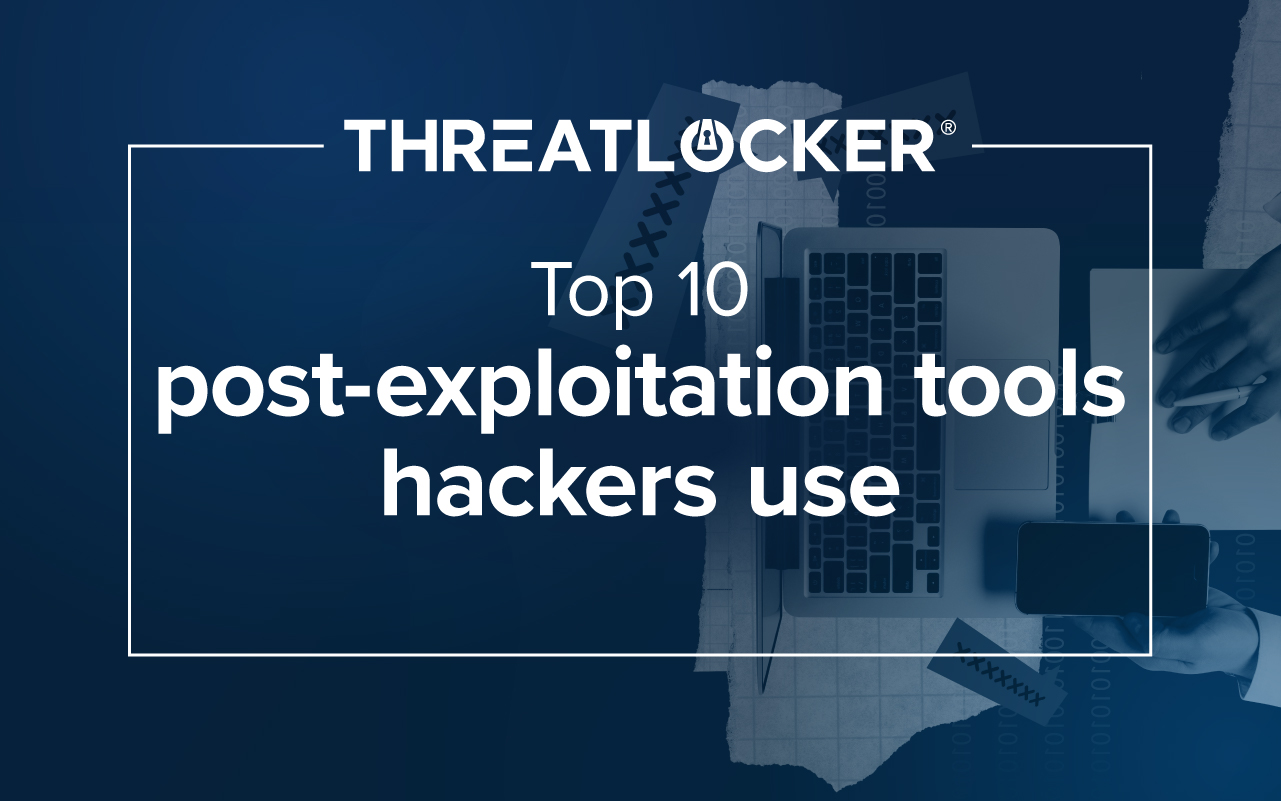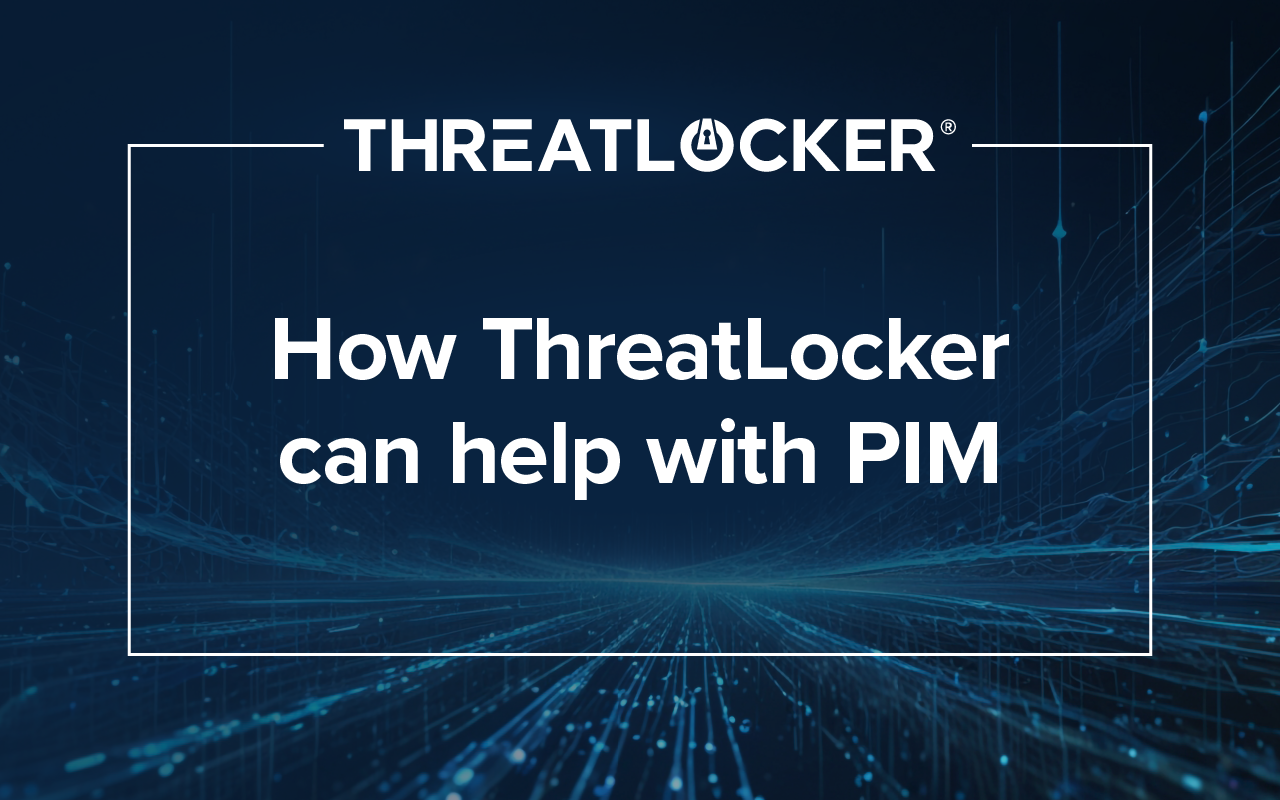Table of contents
Cybersecurity is a non-negotiable aspect of enterprise safety.
As threats continue to evolve, it's crucial to have a robust defense strategy in place. Enter the Cyber Defense Matrix – a practical framework designed to simplify and streamline your cybersecurity efforts.
These straightforward insights and Cyber Defense Matrix examples will help you bolster your defenses in an increasingly digital world.
The basics of the Cyber Defense Matrix
The ever-evolving cybersecurity landscape can be overwhelming. Organizations know they need security solutions but may not know exactly what they need or where they can find it.
The lack of consistent terminology in the cybersecurity community causes further confusion. Technical jargon is alienating, and organizations often struggle to understand if a product or service will really meet their needs.
Cybersecurity expert Sounil Yu realized this disorganization made it difficult for businesses to improve their security posture. He created the Cyber Defense Matrix to bring structure and organization to cybersecurity efforts.
The matrix offers a clear way for organizations to evaluate their security posture, identify gaps, and make informed decisions about resource allocation.

Core components of the Security Matrix
The Cyber Defense Matrix is a two-dimensional grid with two key axes and an important continuum:
1. X-axis: Functions
These represent the different activities involved in cybersecurity. The five operational functions of the NIST Cybersecurity Framework are represented:
- Identify: This quadrant focuses on actively discovering and understanding your organization's critical assets and vulnerabilities. Its primary objective is to gain a comprehensive view of your attack surface. Vulnerability scans and threat intelligence can be used.
- Protect: The Protect quadrant focuses on implementing safeguards to prevent or mitigate attacks. The goal is to create a layered defense that makes it difficult for attackers to gain access to your systems and data. Consider implementing strong access controls and following vulnerability management best practices.
- Detect: This is about identifying security incidents in progress or that have already occurred. The goal is to achieve early detection of threats so you can take timely action to minimize damage. Deploy Endpoint Detection and Response solutions to monitor endpoint devices for signs of malware or other malicious activity.
- Respond: If an attack does happen, how will your organization respond? This covers the actions that should be taken after a security incident. Ideally, the damage will be contained and business interruptions will be minimal. A comprehensive incident response plan is crucial.
- Recover: Finally, this quadrant focuses on restoring normal operations after a security incident. With regular backups, organizations should be able to minimize downtime and restore lost data quickly. An incident review should also be conducted to improve future incident response capabilities.
2: Y-axis: Lifecycle
This represents the five asset classes that organizations want to secure:
- Devices: This quadrant would focus on securing various devices like laptops, servers, mobile phones, and IoT devices within your organization.
- Apps: Concentrates on protecting applications from vulnerabilities, unauthorized access, and malicious code injection.
- Networks: Addresses network security measures to prevent unauthorized access.
- Data: This quadrant focuses on data security measures to protect sensitive information no matter if it’s at rest, in transit, or in use.
- Users: Addresses strategies to educate and empower users to practice safe computing habits and identify potential security threats.
3. Continuum: Degree of dependency
The bottom of the Cyber Defense Matrix template includes the degree of dependency on People, Process, and Technology. It shows how Technology plays a major role in Identify and Protect, while dependency on People grows as it moves to Detect and Respond. Process remains at a consistent level of dependency.
Benefits of the Cyber Defense Matrix
Organizations can gain a holistic view of their strengths and weaknesses with the Cyber Defense Matrix. It offers a convenient way to organize their security technologies and ultimately optimize their defenses.
Here are a few specific benefits of using the Cyber Defense Matrix:
- Identify Security Gaps: Empty cells in the matrix highlight areas where you lack the necessary tools or processes to defend against specific threats. This can be a good starting point for new businesses or those revisiting how to improve their security posture.
- Prioritize Actions: Some of these gaps may be more pressing than others. Focus your resources on addressing the most critical gaps first. You can determine which are the most critical to address based on your organization’s risk profile.
- Track Progress: Use the Cyber Defense Matrix to measure how your security posture improves as you invest in new tools and strengthen your existing capabilities. The best part about this framework is that it can be revisited whenever you want to gain more insight into your security.
- Internal Alignment: The matrix provides a shared understanding of security responsibilities across different teams. Use it as a tool to foster communication and collaboration in your organization.
Using the Cyber Defense Matrix template
Over the years, Sounil Yu has seen the Cyber Defense Matrix used in several ways. That is the beauty of this framework, it can be used at nearly any stage to support the building, management, or operation or a security program.
Some examples of how the Cyber Defense Matrix can been used include:
- Measurement and Metrics: The matrix helps translate security activities into measurable outcomes. These outcomes can then be used to identify areas of improvement or to demonstrate the value of your security program to stakeholders.
- Creating Tech Roadmaps: By identifying gaps in the matrix, you can strategically plan your security technology investments. Discover areas where new tools are needed to address specific vulnerabilities.
- Resource Allocation: As previously mentioned, the Cyber Defense Matrix helps teams prioritize risks. This also is beneficial for optimizing resource allocation – ensuring your time and money are going to fix the risks with the most potential impact.
- Capturing Business Constraints: Ensure your security strategy aligns with your business objectives. Cybersecurity is always a balance between security and accessibility. The matrix can help you avoid implementing overly restrictive controls that would impact productivity.
- Portfolio Gap Analysis: Analyze different security products mapped to the matrix to ensure comprehensive coverage across your assets. This is a chance to review any security gaps or overlaps to optimize your program.
- Organizational Handoffs: Finally, it’s important to understand how the matrix creates a common language for security across different teams. This was truly its intended purpose. This helps new team members quickly grasp the security posture and allows for the continuity of security practices even during a handover.
Myths and misconceptions of the Matrix
The Cyber Defense Matrix has helped countless teams organize information in a way that is more digestible. However, it is not a one-size-fits-all solution.
Cybersecurity needs vary depending on the industry and your organization's size. It is important to tailor your approach to the matrix depending on the unique threat landscape you face.
Similarly, it is important to note that the latest cybersecurity technologies do not automatically improve your security posture. There is a common misconception that the matrix means that more technology means better security. But an overemphasis on technology can create more gaps. That is why the matrix includes how people, processes, and technology are needed for a comprehensive cybersecurity strategy.
The human component will always be important. Employees play a significant role in maintaining security measures, which the matrix emphasizes.
Finally, keep in mind that the Cyber Defense Matrix is not a static framework. Cyber threats are constantly evolving, and so should your strategy. Stay ahead of emerging threats by periodically updating and reviewing the framework to identify new gaps or opportunities for improvement.
Implementing the Cyber Defense Matrix in your organization
With the Cyber Defense Matrix template readily available, you can easily use it to strengthen your cybersecurity posture by following these steps:
- Assess your current cybersecurity posture. Gather information on your existing security tools, assets, and vulnerabilities.
- Populate the matrix. Map your existing security measures into the Cyber Defense Matrix. This will help you identify any gaps and prioritize actions.
- Build a defense strategy. This plan of action will outline how to resolve existing gaps.
- Training and awareness. Regular security awareness training for employees helps shore up the human element of cybersecurity.
- Continuous monitoring and adaptation. Continuous monitoring is key to protecting your business. Stay informed about evolving threats and update your matrix to reflect these changes.
Ready to optimize your security strategy? ThreatLocker offers cutting-edge technology solutions that can help you bolster your cyber defenses.
Take Control of Your Cybersecurity with a Free Trial from ThreatLocker.






